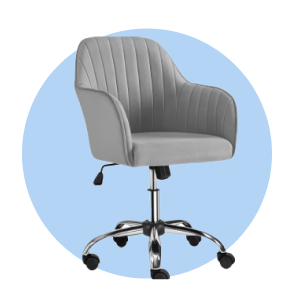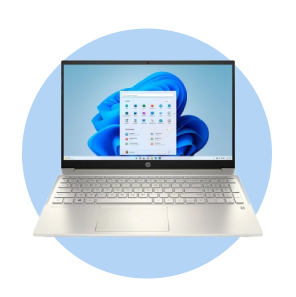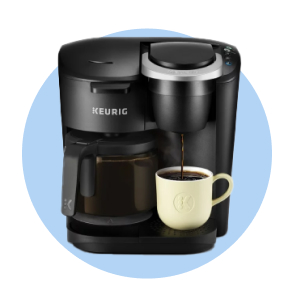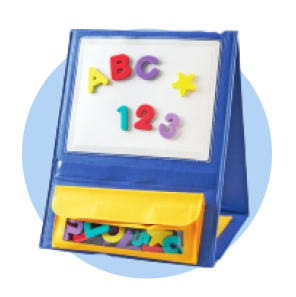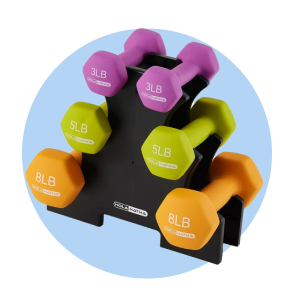
Heavy Duty Office Printers: 5 Features to Look For
When only a big office printer will do
High-volume printers are usually bigger and more durable than other models, but that’s not what truly sets them apart—it’s the exceptionally high printing volume they can achieve. If you need hundreds of copies of something, from marketing materials to college exams, that’s when you’ll need a heavy duty office printer.
If your standard office printers are struggling to keep up with your business needs, it might be time to upgrade to something a bit more hefty. Knowing what to look for helps. Let’s explore the key features of a heavy-duty printer.

5 features to look for in heavy duty office printers
1. Duty cycle
The feature that sets heavy duty printers apart is the duty cycle—the maximum number of pages one can manage within a single month. For context, standard printers typically have duty cycles in the thousands, sometimes tens of thousands. Meanwhile, high-volume printers boast a staggering 100,000 to 300,000 every month, if not higher.
While that metric is certainly impressive, note that it’s not a target number. Printing at the duty cycle is like buying a high-performance car and constantly driving at top speed—you can do it, but you’ll also wear down the engine and reduce its lifespan. To keep your printer in optimal working order, try to keep to the recommended printing volume, which is about 5–10% of the duty cycle.
The duty cycle provides valuable context for long-term printing needs for high-volume users. It can also be helpful if you need to estimate the printer’s overall lifespan in a busy workplace that uses it frequently.

2. Print speed
While the duty cycle provides context for long-term use, individual employees just need printers that work quickly. That’s where speeds in pages per minute (ppm) are useful, but this result can change if you increase the print quality or use color ink.
Most standard printers support speeds from 20 to 60 ppm. Modern high-volume printers usually start at 45 or 50 but can reach up to 100 ppm. Note that these speeds can reflect either an increase in cost or a decrease in maximum print quality. If visuals are essential, aim for printers that support 1200 dots per inch (dpi) and see how that impacts print speed.
3. Quality frame & components
Printers capable of printing high volumes need to be durable and sturdy, both inside and out. When making a purchase, keep the following details in mind:
- Outer frame: A metal printer frame will last longer than a plastic one, especially on large models with high paper capacities.
- Wheels: If your printer has wheels, they should be built to last. Heavy duty casters are ideal as they stand up to large weights while maintaining high maneuverability.
- Trays: All exterior doors and trays should fit snugly to the printer so you can open and close them smoothly. That decreases the chance that something will break from heavy use and reduce the functionality of your printer.

4. Paper capacity
When a printer is capable of processing hundreds, if not thousands of pages each month, it needs a paper capacity to match. Without it, you’ll be returning multiple times in a single, high-volume print job to add paper. Here are a couple of things to keep in mind.
- Outgoing capacity: Paper is heavy in high volumes, which means the printer’s output trays have to be able to carry the weight. Otherwise, someone on your team will have to remove printed pages as the print job is in process.
- Paper trays: The ideal office printer design holds pages of differing sizes across multiple primary paper trays. Models with at least four trays that hold 100 pages each should meet most business needs. A smaller heavy-duty printer with a single tray might hold 200 to 600 pages.

5. Multifunction capabilities
In modern offices, even heavy duty printers are rarely standalone appliances. They also act as photocopiers, scanners and fax machines.
Each additional function increases the importance of connectivity that lets employees interact with the printer from any computer. The most reliable approach is an ethernet cable that provides a direct network connection, but WiFi, Bluetooth and Airplay are useful alternatives—especially if you want to print something from your smartphone. Some models also include cloud support so you can upload scanned documents, making them available automatically to remote employees.
Let Walmart help you find the big office printer you need
Still not sure which heavy duty office printer is right for your workplace? Walmart Business can help. Take a look at our selection of printers and accessories to find the model that’s right for you. If you already have an account, you can upgrade to a Walmart Business+ membership and gain free shipping access,1 free delivery from store on orders over $352 and 2% rewards back for purchases over $250.3 You may even save over $500 a year!4 Learn more here.
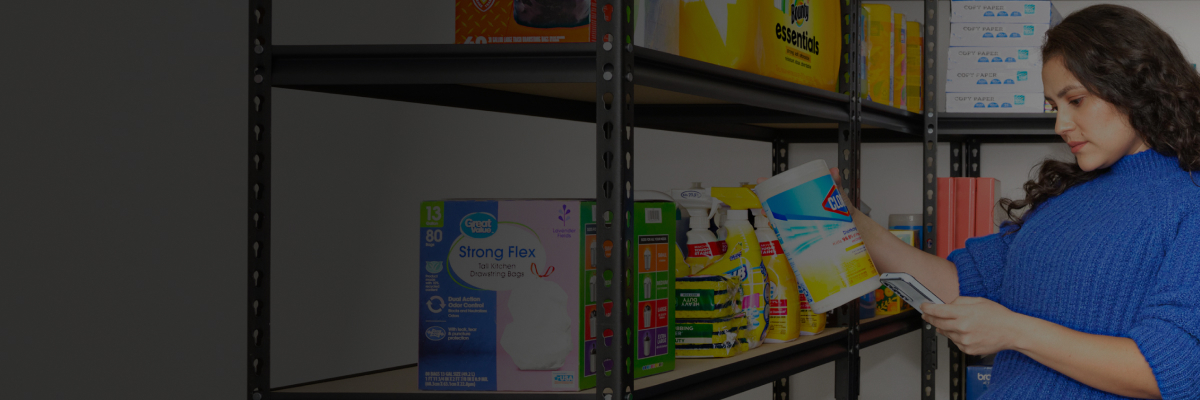
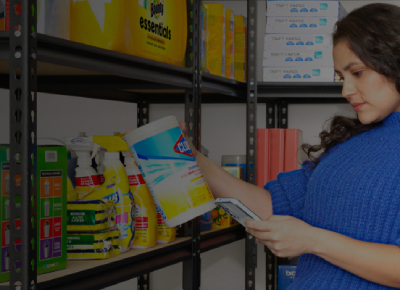
Limited-time offer
Unlock your special promo code
Stay informed on Walmart Business news & get $20 off a $100 purchase!1
1Minimum order of $100. Promo code can be used one time & may not be combined with other offers. Offer not transferable & void where prohibited by law. Customer responsible for all applicable taxes. Offer expires 12/31/2025 at 11:59pm PT. Further restrictions apply. See terms at checkout for details. Promo code offers available in limited quantities. While supplies last.
1 Excludes most Marketplace items, freight and certain location surcharges.
2 Restrictions apply.
3 Rewards can only be used toward future purchases on Walmart Business. Additional terms apply.
4 Savings based on 1 free $35+ delivery order vs. $9.95 fee and 1 free shipping order under $35 vs. $6.99 fee biweekly, plus 2% Walmart Business rewards on monthly order >$250 (average value of $400).
Exciting news awaits
Hear firsthand about new products, features & promotions.
By clicking submit, you agree to receive emails about Walmart Business and acknowledge you have read and agreed to our Terms of use and Privacy Policy.



